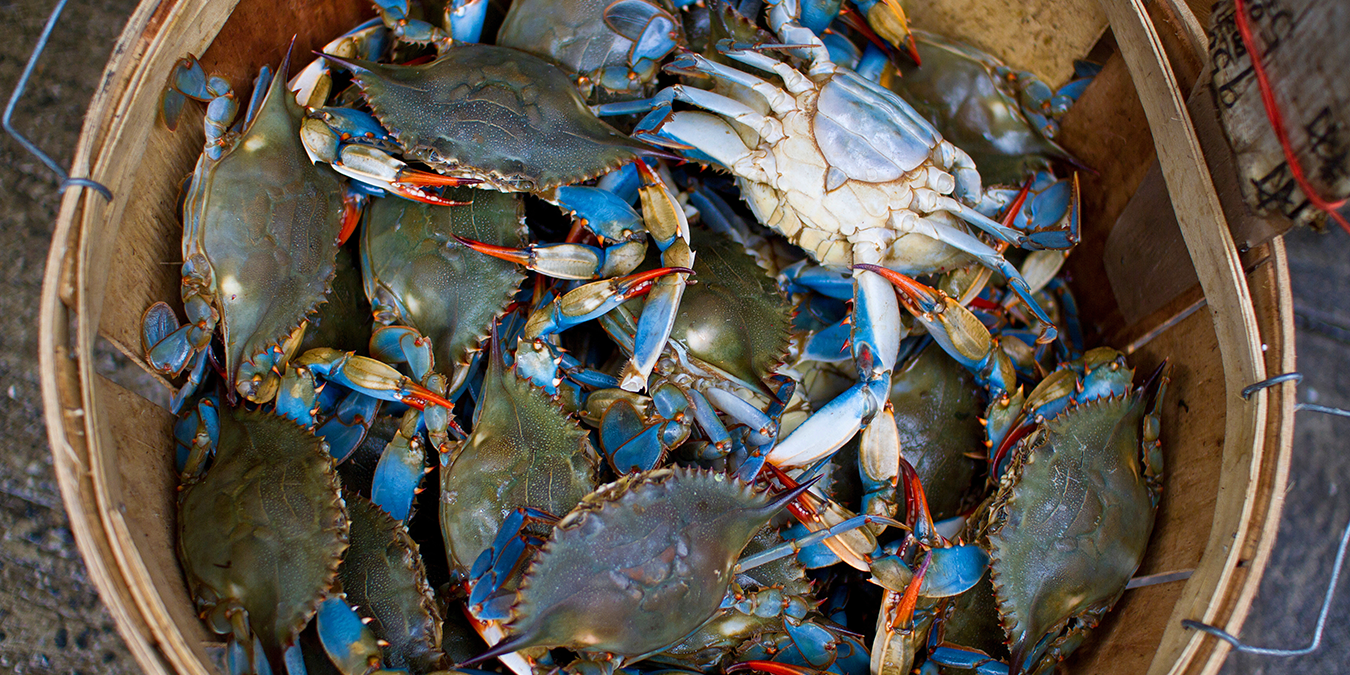As a born and raised Marylander, I grew up crabbing on the Chesapeake Bay.
There are many different methods to catch a Maryland blue crab and the same can be said of attracting the right candidates.
Preparing the Bait
Crabbing methods include a variety of tactics and baits. Sometimes you crab from the pier (easy to fill positions) and sometimes you need to go deeper into the water to lay your line (difficult to find candidates). Crabs are lured by chicken thighs, chicken breasts, chicken necks, fish heads, or razor clams; while a candidate may become intrigued by corporate culture, salary, company benefits, the client, or the position’s location.
Some baits work better than others, but it depends on the “crab.” As a Recruiter, you must understand the target candidate and their most appealing bait.
Laying Multiple Lines
A singular approach is usually not the best way to bring in the big haul. And, crabbing at the pier, probably isn’t the best method – most crabs reside in five to ten feet of water, not at the shore.
Lay multiple lines. Job boards are the most common recruiting method, with the most flexibility; and generally bring the best return on the time invested. Much like a trout line, you can create multiple baited opportunities or job posts. By checking these lines regularly, you attract multiple or few qualified candidates, based on the job requirements. The more baited lines you lay or posts you create, the better the chances of finding regulation sized crabs.
But, you may need specific tools to reach specific candidate pools. Using general recruiting tools will show what’s out there, but may not attract crabs ready and prepared for the position.
The Crab Pot – Hard To Bait Candidates
Using specialized tools and all of the bait available, you are able to focus your search and refine the candidate pool.
The crab pot is like that particular tool you use to secure hard to find candidates, like an individual with a TS/SCI Full Scope Polygraph government security clearance. For an ongoing effort, you may check the crab pot periodically and hope to catch a few sizable crabs, i.e., those qualified candidates. Patience and repetition is key. If the trap remains empty for a while, it’s time to switch up the bait.
With the crab pots set and heavily baited, you must act swiftly once a candidate shows interest.
Securing the Candidate
The “meatiest” crabs are usually the first to be picked up. Larger ones know what they want and go after the bait hastily – requiring a quick reaction to keep them interested and bring them into the boat. It’s easier to find medium to large sized crabs, rather than holding out for all jumbos. Medium and large sized crabs are also more cost effective and an excellent option for customers with a defined budget.
For candidates of any size, remain active and involved throughout the entire process – you wouldn’t want a few crabs to make their way out of the boat before you make it home.
Maintaining the Waters
The early crabber catches the candidate, but not in a muddy bay.
Maryland crabbing regulations state you may only keep crabs five inches wide, from point to point. If they are too small or don’t have the required clearance, certification, experience, or education; you throw them back in the water, hoping to catch them again next season. Remember, even if they aren’t the right size this year, recruiters should build good rapport – knowing the next opportunity may fit their qualifications.
Companies gain a reputation for candidate interaction, the same way a crabber builds a name from their experience and client pipeline.
Sometimes you have all the resources at your disposal, but often you’re stuck with chicken necks and string. Get creative and show candidates the enticing bait your organization has to offer.


